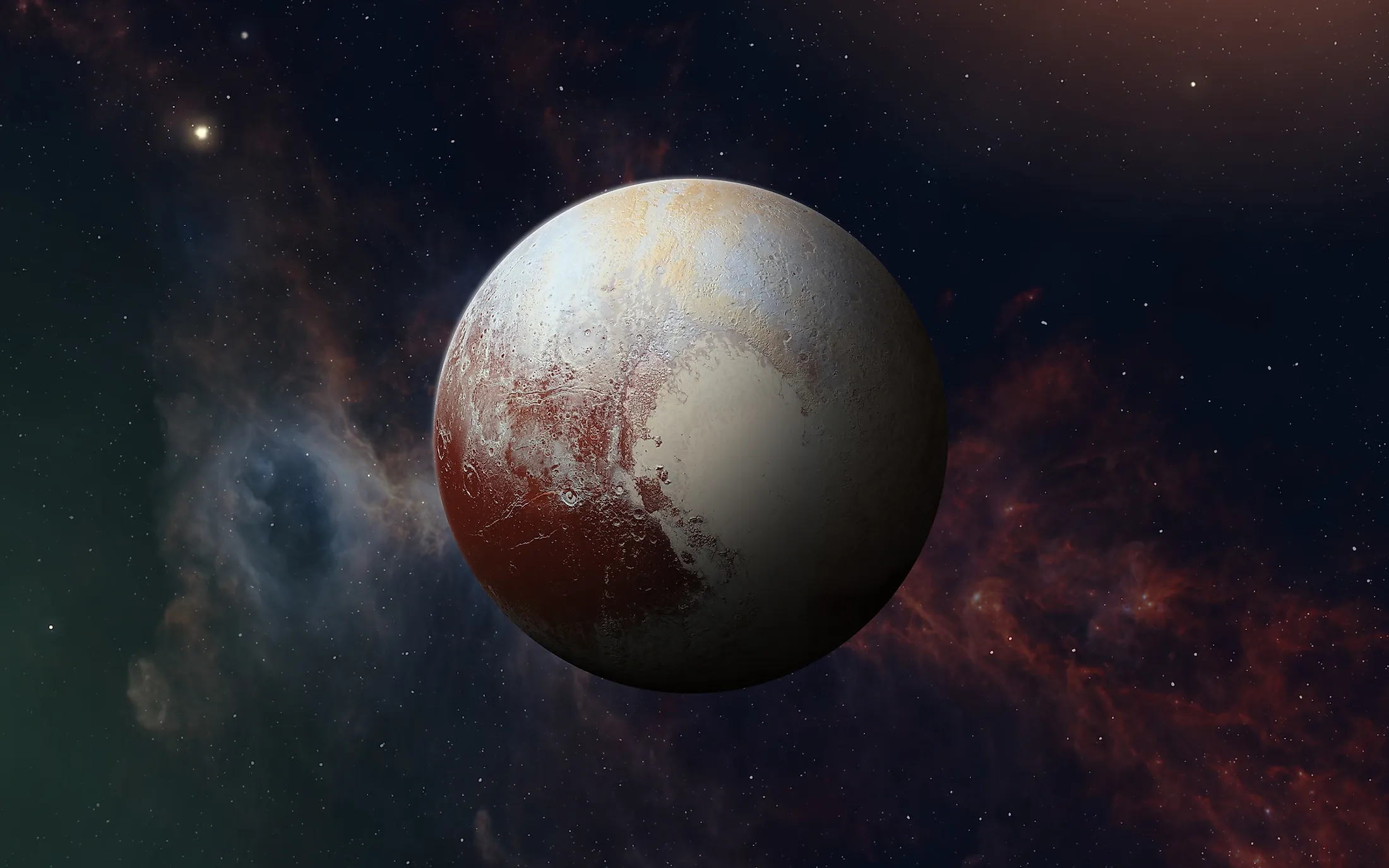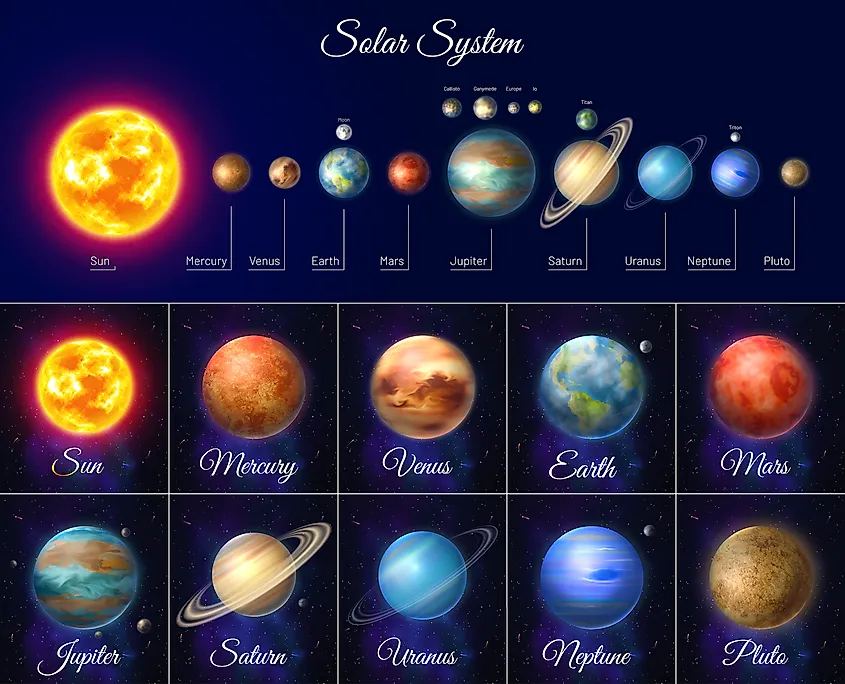
Why Is Pluto Not A Planet?
Pluto’s 2006 demotion from planetary status to dwarf planet remains a pivotal case study in how scientific definitions evolve in response to new data. Once hailed as the solar system’s ninth planet, Pluto was reclassified by the International Astronomical Union after discoveries of numerous Kuiper Belt objects revealed that it neither dominates its orbital zone nor satisfies revised criteria for planethood.
Pluto’s journey from celebrated ninth planet to dwarf planet encapsulates how scientific classifications adapt to evidence. Discovered in 1930 during Clyde Tombaugh’s search for elusive "Planet X," Pluto initially appeared to explain Uranian and Neptunian orbital quirks. Precise mass estimates, Voyager 2 fly-bys, and the discovery of Eris, plus myriad Kuiper Belt objects, later revealed Pluto’s modest size and crowded neighborhood. Responding, the International Astronomical Union in 2006 codified three criteria for planethood; Pluto fails the orbital-clearing test. This article surveys Pluto’s discovery, demotion, and New Horizons revelations that keep the dwarf planet scientifically captivating today, for researchers and enthusiasts.
The Ninth Planet?

To understand why Pluto was once defined as a planet and why that definition was eventually changed, we must first explore the history of this small world. Pluto was discovered in 1930 by American astronomer Clyde Tombaugh, who had been tasked with finding what was then referred to as "Planet X." Astronomers believed an object roughly the mass of Earth existed beyond Neptune's orbit because they could not explain certain aspects of Uranus and Neptune's orbits. The orbits of Uranus and Neptune were slightly tilted, and based on the measured sizes and masses of these two planets, astronomers could not determine why they were tilted. However, if another planet existed outside Neptune's orbit, its gravitational pull could account for the changes observed in the orbits of Uranus and Neptune. This mystery world was called "Planet X." Astronomers around the world began their search, and in 1930, Clyde Tombaugh became the first astronomer to confirm the existence of an object orbiting the Sun beyond Neptune.
Interestingly, this object was located almost exactly where astronomers had predicted Planet X would be. The object was soon named Pluto, after the Roman god of the underworld. For decades, astronomers believed they had discovered the ninth planet in our solar system. The true size and mass of Pluto remained a mystery until the discovery of Pluto's largest moon, Charon, in 1978. With this discovery of an object in orbit around Pluto, astronomers could accurately determine Pluto's mass. Instead of being the mass of Earth as previously thought, Pluto was merely 0.2% of Earth's mass. This made Pluto significantly less massive than even our moon, revealing that Pluto was not Planet X. It became obvious that Pluto was simply too small to be causing the changes observed in the orbits of Uranus and Neptune. Interestingly, with the Voyager 2 flybys of Uranus and Neptune in the 1980s, astronomers measured the masses of both planets with extraordinary accuracy, uncovering that the initial numbers used to predict the existence of Planet X were incorrect. With their true masses known, astronomers could now explain the orbits of Uranus and Neptune without invoking another planet's existence. Although Pluto may not have been Planet X or nearly as massive as once believed, it was still defined as a planet.
What Is A Planet?
Pluto's place among the planets was called into question in the 1990s as astronomers began to uncover other worlds of similar size and mass. Then in 2005, astronomers announced the discovery of another object that orbited the Sun beyond Neptune. This new object, called Eris, was even larger than Pluto. Some astronomers argued that Eris and other similar objects should all be considered planets in their own right. However, the International Astronomical Union (IAU) wondered if all these objects should simply be reclassified. Up until 2006, there had actually been no agreed-upon definition for what a planet is. In 2006, the IAU published an official, agreed-upon definition of a planet. They used three criteria:
- The object must orbit the Sun.
- The object's gravitational pull must be strong enough that it pulls the object into a spherical shape.
- The object must be massive enough to clear its orbit of debris.
All the planets from Mercury to Neptune meet these three criteria, yet Pluto does not. Although Pluto does orbit the Sun, and it is spherical, Pluto lacks a strong enough gravitational force to clear its orbit of debris. This definition demoted Pluto and other objects of similar mass to a new classification called a dwarf planet.
A Unique And Interesting World

Pluto may have been given a new classification, but this new system in no way, shape, or form demeans Pluto as a unique and interesting world. In 2015, the New Horizons spacecraft completed the first-ever flyby of the Pluto system, offering humanity its first close-up, high-resolution images of Pluto's surface. New Horizons revealed a world that no one had expected. Vast ice plains, mountain ranges made of ice, rivers, and lakes of liquid nitrogen, and even evidence of geologic activity. Pluto may no longer be considered a planet, but it is still as interesting as any of the eight planets that orbit the Sun.
Updated: 6/10/2025











